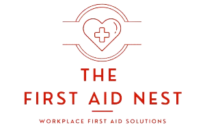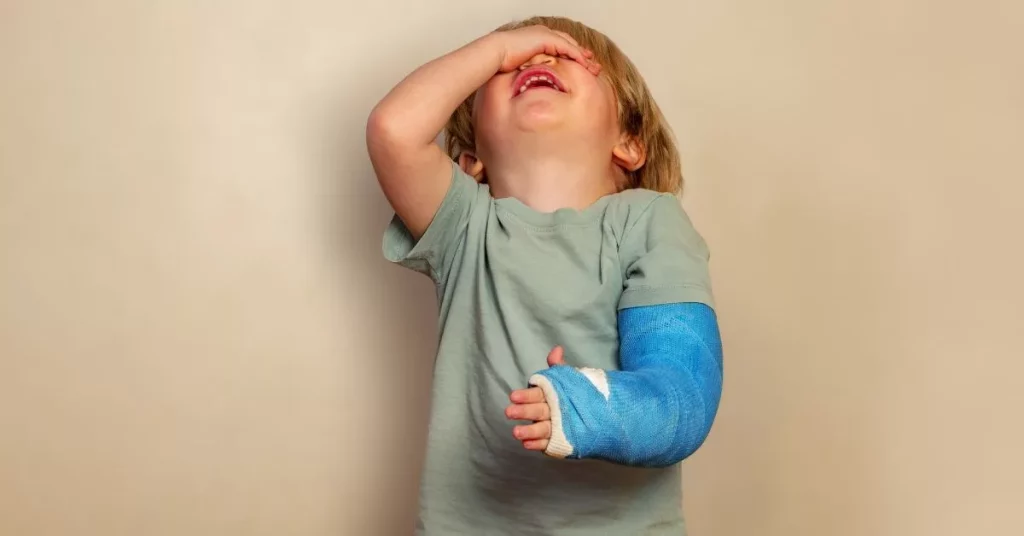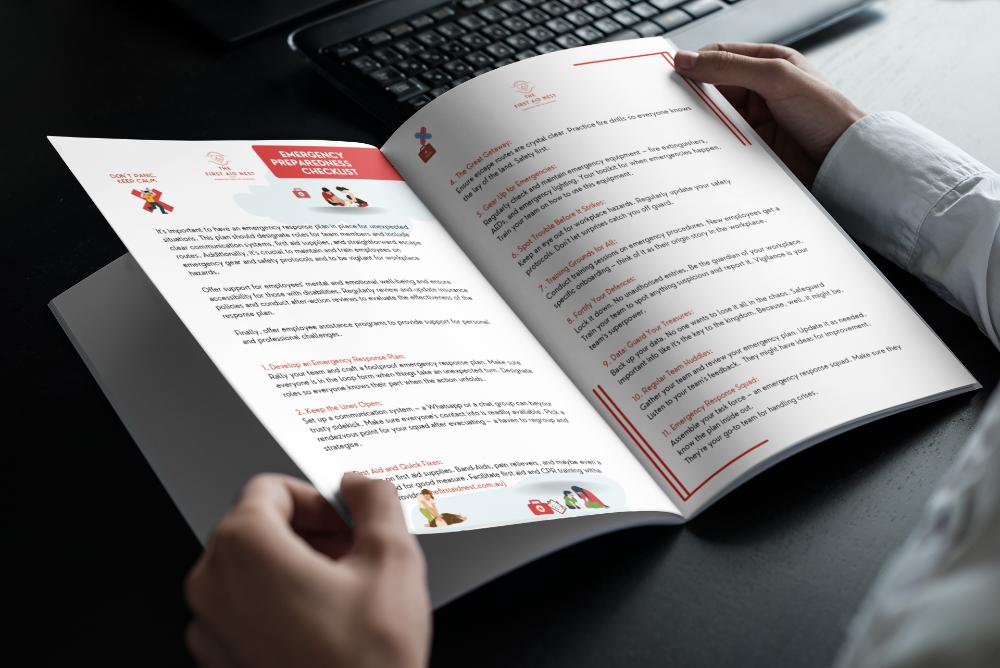Quick Fixes: First Aid Strategies for Dislocated Joints in Youngsters

Joint dislocations are not uncommon among youngsters and can occur due to various reasons such as falls, sports injuries, or accidents during play. While these injuries can be distressing for both the child and caregivers, having a basic understanding of first aid strategies for managing dislocated joints in children is paramount. Immediate and proper care can alleviate pain, prevent further complications, and promote swift recovery.
In this blog post, we will delve into the unique aspects of joint dislocations in youngsters, highlighting the importance of knowing first aid strategies tailored to their needs. From initial assessment to reduction techniques and pain management, this post will provide valuable insights and practical tips for effectively managing dislocated joints in children, ensuring their safety and well-being during such emergencies.
Understanding Joint Dislocations in Youngsters

Joint dislocations in youngsters refer to the displacement of the ends of two connected bones from their normal position within the joint. This can occur in various joints throughout the body, including the shoulder, elbow, knee, and fingers. Common causes of joint dislocations in children often involve falls, sports injuries, rough play, or accidents during physical activities. However, unique considerations come into play when managing dislocations in youngsters.
Children’s bones are still growing and developing, making them more prone to certain types of dislocations or growth plate injuries. Additionally, the emotional and psychological impact of the injury on a child may require extra sensitivity and reassurance during the treatment process. Understanding these factors is crucial for providing effective care and ensuring the best possible outcome for young patients.
Immediate Actions to Take

In the event of a joint dislocation, taking immediate actions is crucial to prevent further injury and ensure prompt medical attention. First and foremost, it’s essential to stay calm and assess the situation calmly. Panicking can exacerbate the injured person’s distress and hinder the ability to provide effective assistance.
Next, immobilize the affected area to prevent any further movement that could worsen the dislocation or cause additional damage to surrounding tissues. This can be achieved by gently supporting the injured joint in its current position, using makeshift splints, or providing cushioning with soft materials.
While administering first aid, it’s important to assess the severity of the injury. If the dislocation appears severe, if there is excessive swelling or deformity, or if the individual is experiencing severe pain or numbness, it’s crucial to call for medical assistance immediately.
Lastly, it’s essential to avoid any unnecessary movement of the injured joint to prevent further complications and facilitate the healing process.
- Staying Calm and Assessing the Situation:
- Remaining calm helps in making clear decisions and providing effective assistance.
- Assessing the severity of the injury and identifying any accompanying symptoms
.
- Immobilizing the Affected Area:
- Supporting the injured joint to prevent further movement.
- Using makeshift splints or soft materials to provide stability.
- Calling for Medical Assistance if Necessary:
- Seeking professional help for a suspected dislocation, especially when accompanied by severe pain, swelling, or deformity.
- Not delaying medical care, especially if there are signs of nerve or blood vessel involvement.
- Avoiding Unnecessary Movement of the Injured Joint:
- Minimizing movement to prevent exacerbating the injury or causing additional damage.
- Encouraging the injured person to remain still until medical help arrives.
Preventive Measures for Youngsters

Preventing joint dislocations in children requires a proactive approach that focuses on promoting safe behaviors and minimising risks during physical activities. Encouraging safe and age-appropriate physical activities is paramount to reducing the likelihood of injuries.
Parents and caregivers should ensure that children participate in activities suitable for their age and skill level, with proper supervision and adherence to safety guidelines. Emphasizing the importance of warm-up and stretching exercises before engaging in physical activities can help prepare muscles and joints, reducing the risk of strain or injury.
Additionally, educating parents and caregivers about injury prevention strategies, such as proper technique and equipment use, can empower them to create a safe environment for children to play and explore. By implementing these preventive measures, we can foster a culture of safety and well-being, allowing youngsters to enjoy active and healthy lifestyles while minimising the risk of joint dislocations and other injuries.
Want more? We’ve got you covered…
Our Baby First Aid Courses
Our baby first aid courses are available in person in your home and online. We run classes in your home with groups of 2, 4 or up to 10 in Sydney & Melbourne and you can book in 3 easy steps!
- Pick your class
- Follow the prompts to purchase
- We will contact you within 24 hours to lock in your date of choice
Our First Aid Certificate Courses
We run most of the popular first aid courses Australia wide. HLTAID011 Provide First Aid, HLTAID009 Provide CPR, HLTAID012 Provide First Aid in an Education & Care Setting, RAMOAP (anaphylaxis), Mental Health first aid and CPR/LVR to name a few.
Book your public spot online or contact us if you have a group of 5+ people for onsite training.
Here are some other resources you may enjoy!
FREE GUIDE: Your Virtual Baby First Aid Kit
FREE GUIDE: Introducing Common Allergy Foods & Allergic Reactions
FREE Workplace Emergency Preparedness Plan: Grab this at the bottom of every page!
Follow for baby & child first aid and allergy info and tips on Instagram, TikTok & Facebook all @thenestcpr


